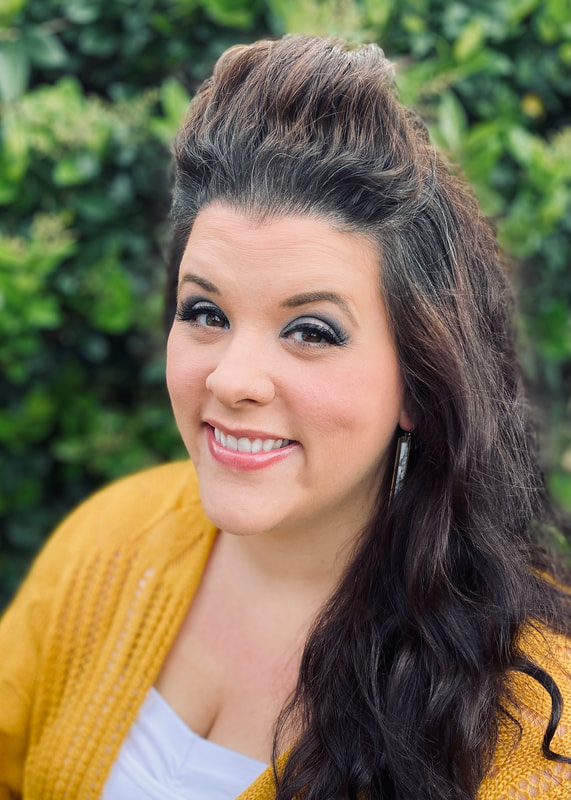|
In teacher preparation programs, there is a lot of talk about various theories of learning. Different schools of thought are discussed, papers are written, conversations are had, and then we enter the real world, where theory plays a much smaller role that we originally perceived it would. This is because the plate of a teacher is very full - full of things like benchmarks, wiping noses, reteaching concepts, calling parents, attending professional development to learn new tools, entering grades, making last minute trips to WalMart for more art supplies, substituting for classes that couldn't get coverage, and dreaming up incentive programs. Sometimes, the pedagogy and the theory behind it just gets shoved to the side in favor of the next Big Thing that needs to be handled. The reality is, unless we make time for reflection, there is very little actual reflection that occurs.
Now that I'm back in school, pursuing a master's degree in Educational Technology through Boise State University, I'm making more time for reflection and I'm revisiting theories that I've only peripherally thought about during the past twelve years. Well, that's not true. I've thought about constructivism a lot, because that is how I've modeled my classroom. However, it's been a while since I really considered other theories and thought about whether or not they are present in my practice. I decided to take this opportunity to create an infographic to share my thoughts and practice:
0 Comments
Your comment will be posted after it is approved.
Leave a Reply. |
Author: Jessica PackCalifornia Teacher of the Year. CUE Outstanding Educator 2015. DIGICOM Learning Teacher Consultant. 6th Grade Teacher. Passionate about gamification, Minecraft, digital story-telling, and fostering student voices. Download:Archives
June 2020
Categories
All
|

 RSS Feed
RSS Feed